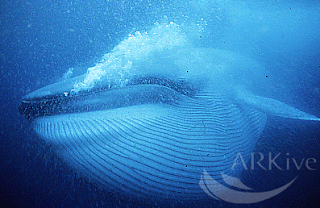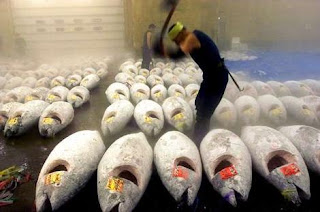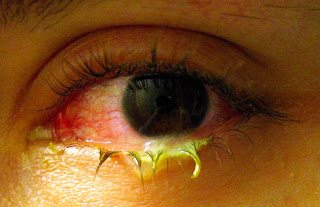
With all the diet fads and various nutritional guidelines floating around nowadays, it's hard to determine which advice to actually follow. Though some food choices may be considered healthier than others, there's also the matter of taste (which definitely influences my stomach!), not to mention the issues of cost and convenience that are factored into making decisions on what to eat. Picking the right foods for you is one of the best ways to stave off ill health and disease.
In Chinese Nutritional Therapy, dietary guidelines are not only given on the basis of the foods' intrinsic nutritional value, but also on the
individual's needs according to their state of health. For instance, orange juice is a nice refreshing beverage, packed with vitamin C and universally known for its antioxidant properties. However, someone with a "cold phlegm" condition may actually get worse drinking a tall glass everyday. They would be better off drinking a warm tea of ginger steeped in hot water instead.
How food is prepared, and subsequently how it is eaten, is just as important as the food itself. Chinese Nutrition principles in regards to preparation are very simple: the more you warm the foods, the warmer they will behave in the body. Grilled meats, for example, will be the most warming of foods, whereas raw fruits in general will be the most cooling. Slow cooking methods like soups and braising will be more warming than steaming or blanching. It is generally recommended that foods are best lightly cooked; it is not recommended to eat foods directly out of the refrigerator as it is considered to be too cold and can injure your "digestive fire."
If you feel that you would like to eat healthier, but don't know where to begin, changing the way you eat your food could be the first step. Digestion is best done in a relaxed, well-lit environment, free of mental and physical distractions. If you eat lunch at your desk at work, try designating a different space separate from your work space in which to eat. Eat in the cafeteria or lounge, or take a walk outside and find some shade to sit in.
If you find yourself eating on-the-go, in your car, or standing over the sink, the best thing to do is stop, sit down, and don't do anything else but eat until you are done swallowing that last bite of food. Taking the time to eat a meal can reduce stomach discomfort and indigestion.
One of the best ways to maintain healthy digestion is to eat at regular intervals. In Chinese medicine, the Spleen is in charge of the digestive process, ensuring that the food we eat gets properly transformed into utilizable parts and sent out to be used by the body. According to Chinese medicine, the Spleen likes regularity, and works best when it knows when to do its job. Eating breakfast, lunch, and dinner at regular times everyday will automatically improve ones digestive health.
If you're interested in what foods would be best for you according to Chinese nutrition, ask your acupuncturist or Chinese herbalist.





